With Scotland facing a summer Covid wave on top of seasonal hay fever, it can be hard to tell the difference between symptoms.
And with Tayside and Fife currently experiencing a high pollen count, according to the Met Office, this can make it even more difficult.
Experts believe, with some people mistaking Covid symptoms for hay fever, this could be driving up case numbers and contributing to a new wave of infections.
But how do you know if your symptoms are simply hay fever, or if it could be the dreaded Covid?
We’re answering all your questions on telling the difference between the two.
1. Covid or hay fever symptoms?
Symptoms for both hay fever and Covid are quite similar, so you’d be forgiven for confusing them, or not knowing which you have.
However, there are some key differences that can help you tell them apart. The main one is, despite the name, hay fever doesn’t actually cause a fever.
Common hay fever symptoms include:
- Runny or blocked nose
- Sneezing and coughing
- Sore eyes
- Itchy throat, mouth, nose and ears
- Itchy, red, watering eyes
- Reduced sense of smell, due to blocked nose.
On the other hand, a fever is a key symptom of Covid, alongside a new, continuous cough and a change or loss to taste or smell.
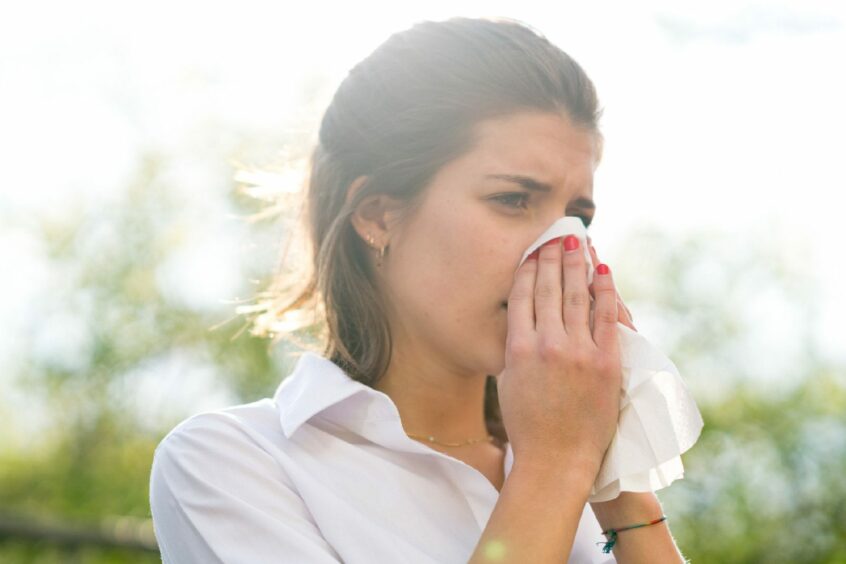
Other Covid symptoms are:
- Shortness of breath
- Exhaustion
- Body and headaches
- Sore throat
- A blocked or runny nose.
So, if you have hay fever, your eyes, nose and throat are more likely to be itchy or irritated.
But if it’s Covid, your throat may be sore and you’ll probably cough more than sneeze.
2. Length and severity of symptoms
If you’ve never had hay fever before and suddenly develop similar symptoms, such as a runny or blocked nose, or coughing, it’s unwise to assume it’s ‘just hay fever’.
Hay fever symptoms are typically mild, so if you’re unable to complete daily tasks or attend work, this is unlikely to be caused by hay fever alone.
If symptoms go away after a few days or become more mild without treatment, the culprit is more likely to be a cold or Covid.

However, if your symptoms are mild, continue for more than a week and don’t improve, it may be hay fever.
It’s very common for adults to suddenly develop hay fever, even if it hasn’t affected you as a child or teen.
Some experts think this late-onset occurs when the immune system is impacted by an illness.
3. Medication
Medications that help alleviate symptoms can also give an indication as to what you’re suffering with.
Hay fever and cold medicine will not make Covid go away faster or help with symptoms.
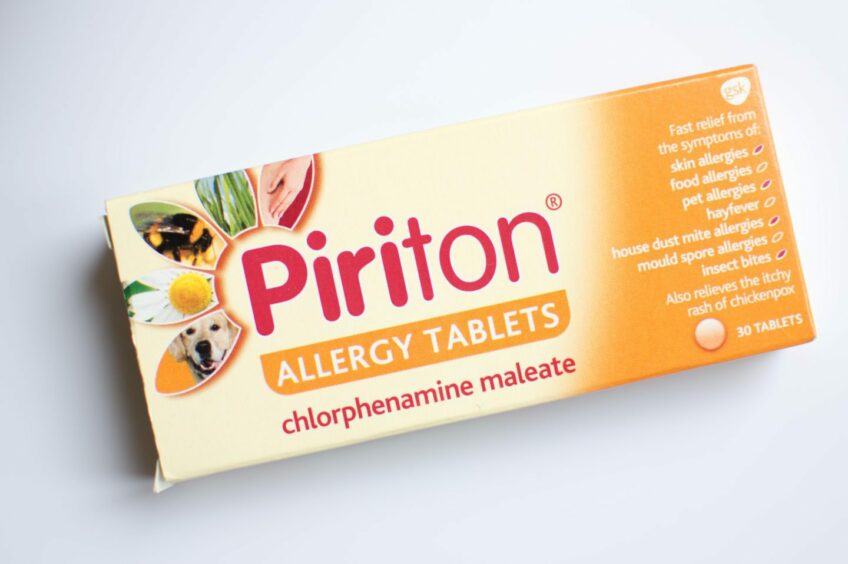
However, if you have hay fever, antihistamines will help relieve symptoms, especially itchy and watery eyes and sneezing.
4. Testing
If all else fails, and you can afford to, you should complete a lateral flow test (LFD).
It’s the surest way to find out if what you’re suffering with really is Covid or not.
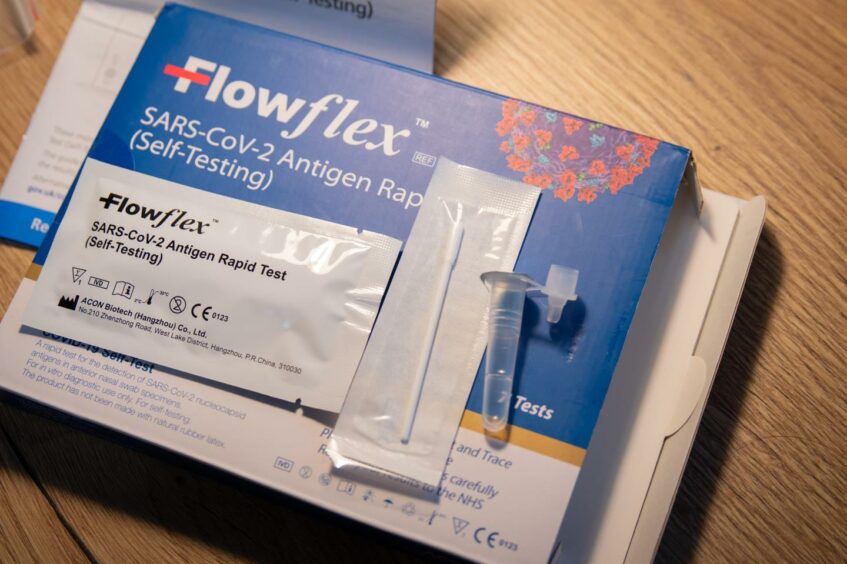
If the test comes back positive, or you can’t access a test, you should stay at home and away from others until you feel better.
If it’s negative, you can be safe in the knowledge your symptoms are nothing more than seasonal sniffles.

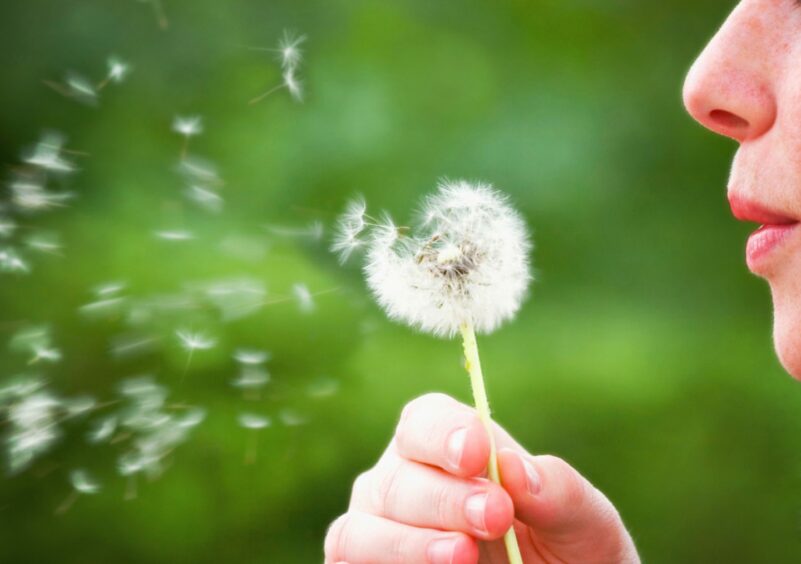

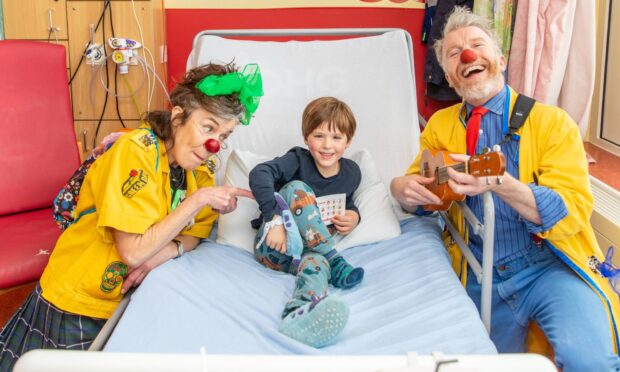








Conversation